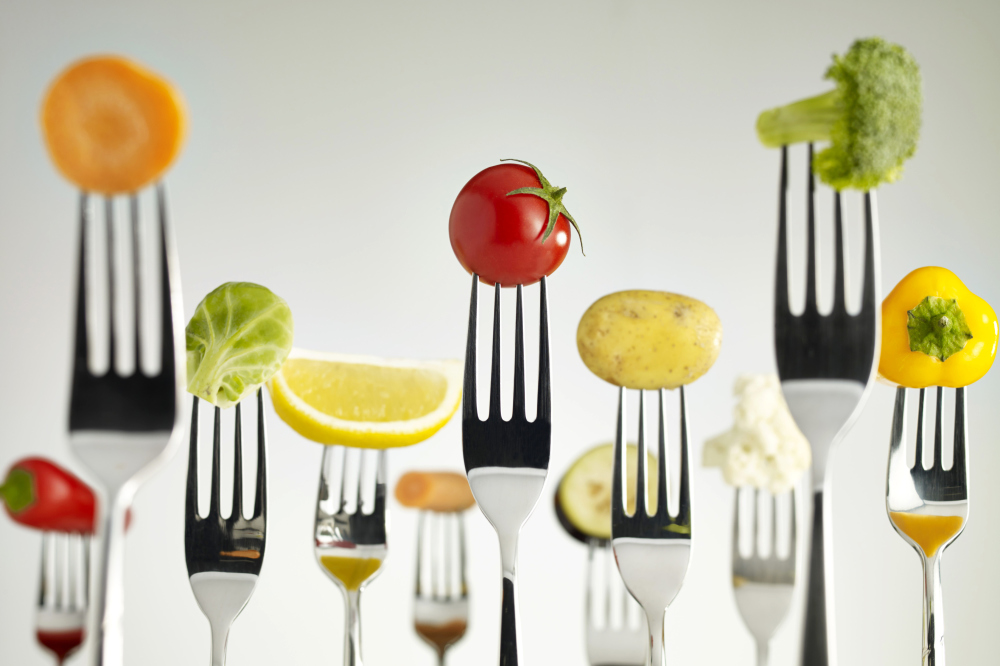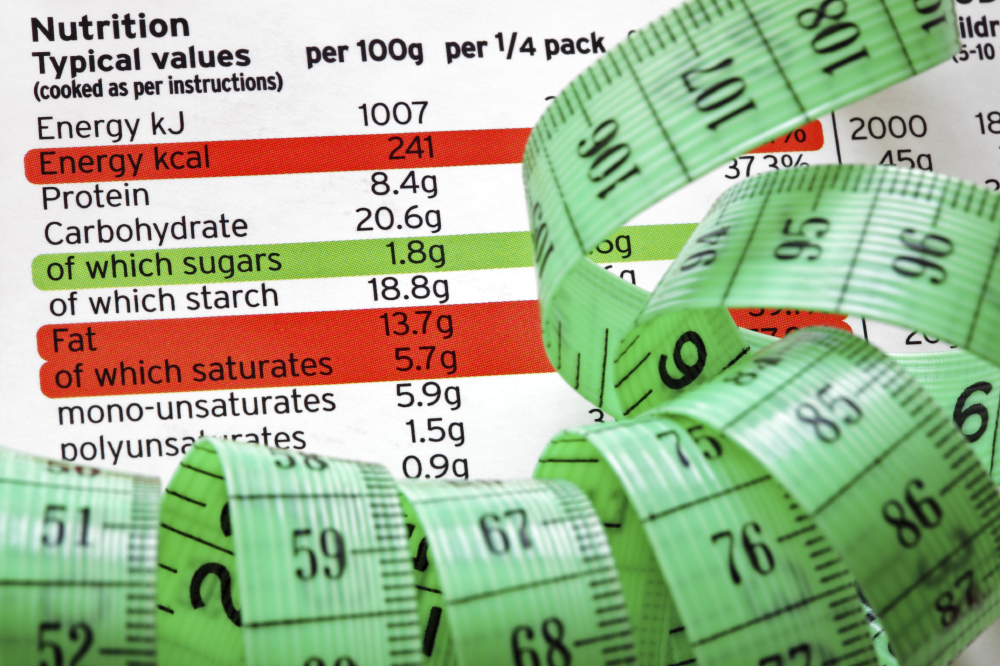Why Cut down on sugars?
Results from the National Diet and Nutrition Survey shows that most adults and children eat more sugar than is recommended as part of a healthy balanced diet.

Food rich in sugars
Many foods that contain added sugars are also high in energy which is measured in either kilojoules (kJ) or calories (kcal). Eating these foods will likely contribute to you becoming overweight, and this in turn will increase your risk of health conditions such as:
heart disease or type 2 diabetes.
To maintain a healthy, balanced diet, we need to eat a range of food types types and get the majority of our calories from other no-sugar sources which should include starchy foods and fruits and vegetables.
Sugary foods and drinks are also responsible for tooth decay, especially if you consume them between meals. The longer the sugary food is in contact with the teeth, the more damage it can cause.
The sugars found naturally in whole fruit are less likely to cause tooth decay because the sugars are contained within the structure of the fruit. But when fruit is juiced or blended, the sugars are released. Once released, these sugars can damage teeth, especially if fruit juice is drunk frequently. Even unsweetened fruit juice is sugary, so try to drink no more than one glass (about 150ml) of fruit juice each day.
Fruit juice is still a healthy choice, and counts as one of your recommended daily five portions of fruit and vegetables. But it is best to drink fruit juice at mealtimes in order to minimise damage to your teeth.
Tips to cut down on sugars

For a healthy, balanced diet, cut down on foods and drinks containing added sugars.
These tips can help you cut down:
Instead of sugary fizzy drinks and juice drinks, go for water or unsweetened fruit juice (remember to dilute these for children to further reduce the sugar).
If you like fizzy drinks, try diluting fruit juice with sparkling water.
Swap cakes or biscuits for a currant bun, scone or some malt loaf with low-fat spread.
If you take sugar in hot drinks or add sugar to your breakfast cereal, gradually reduce the amount until you can cut it out altogether.
Rather than spreading jam, syrup, treacle or honey on your toast, try a low-fat spread, sliced banana or low-fat cream cheese instead.
Check the labels to help you pick the foods with less added sugar, or go for the low-sugar version.
Try halving the sugar you use in your recipes - it works for most things except jam, meringues and ice cream.
Choose tins of fruit in juice rather than syrup.
Choose wholegrain breakfast cereals, but not those coated with sugar or honey.
Find out more ways of cutting out sugar from your diet.
Nutrition labels and sugars

Nutrition labels often tell you how much sugar a food contains. You can compare labels and choose foods that are lower in sugar.
Look for the "Carbohydrates (of which sugars)" figure in the nutrition label.
high - over 22.5g of total sugars per 100g
low - 5g of total sugars or less per 100g
If the amount of sugars per 100g is between these figures, then that is a medium level of sugars.
The sugars figure in the nutrition label is the total amount of sugars in the food. It includes sugars from fruit and milk, as well as the sugars that have been added.
A food containing lots of fruit or milk will be a healthier choice than one that contains lots of added sugars, even if the two products contain the same total amount of sugars. You can tell if the food contains lots of added sugars by checking the ingredients list (see below).
Sometimes you will see a figure for "Carbohydrates", and not for "Carbohydrates (of which sugars)".
The "Carbohydrates" figure will also include starchy carbohydrates, so you can't use it to work out the sugar content. In this case, check the ingredients list to see if the food is high in added sugars.
Labels on the front of packaging
There are labels containing nutrition information on the front of some food packaging.
This includes labels that use the 'traffic light' system red, amber and green colour-coding and advice on reference intakes (RI) of some nutrients, which can include sugar.
Labels that include colour-coding allow you to see at a glance if the food is high, medium or low in sugars.
red = high
amber = medium
green = low
Some labels on the front of packaging will display the amount of sugar in the food as a proportion of the RI. RIs are guidelines about the approximate amount of particular nutrients required for a healthy diet. For more, see Food labels.
Ingredients list
You can get an idea of whether a food is high in added sugars by looking at the ingredients list. Added sugars must be included in the ingredients list, which always starts with the biggest ingredient. This means that if you see sugar near the top of the list, you know the food is likely to be high in added sugars.
Watch out for what food manufacturers are often accused of using as a sly way of getting sugars unnoticed into your food by changing the description to other words used to describe added sugars. These include sucrose, glucose, fructose, maltose, hydrolysed starch and invert sugar, corn syrup and honey - but basically they are still pure sugar.
additional information NHS Choices
Tagged in Diet Healthy eating

